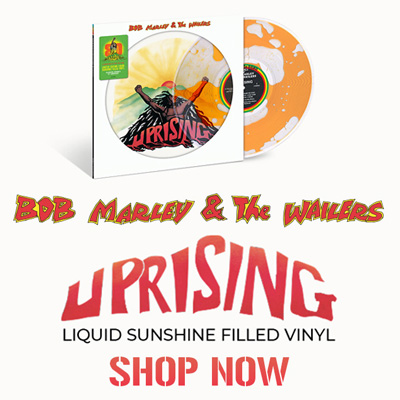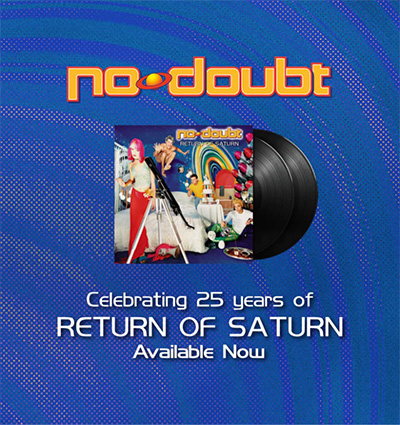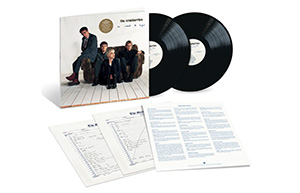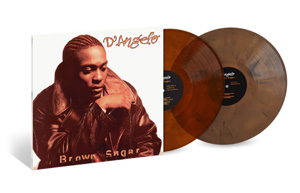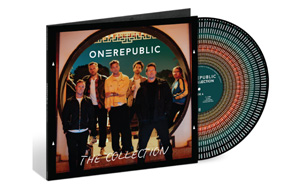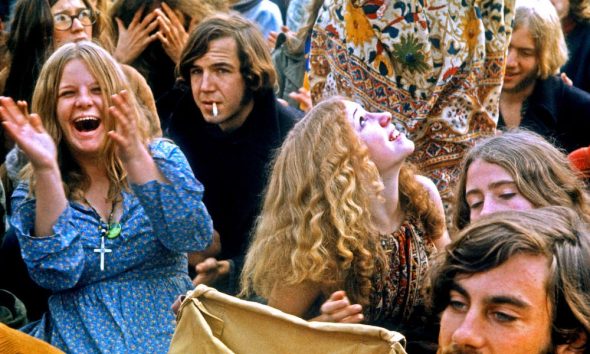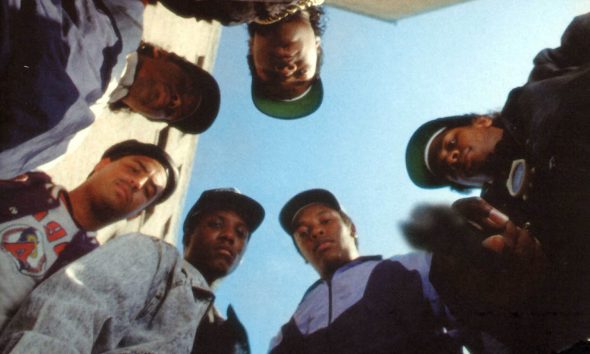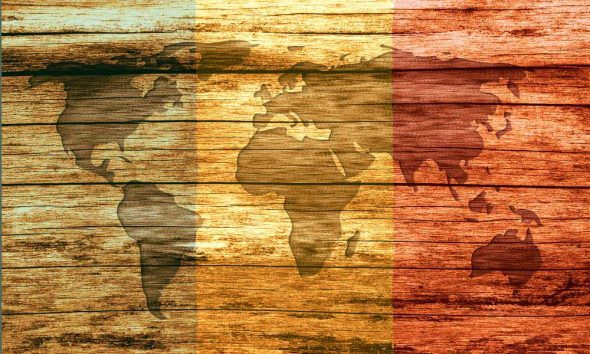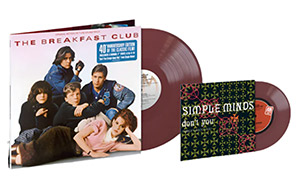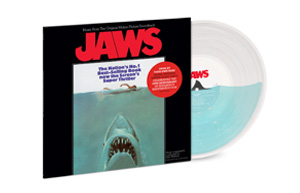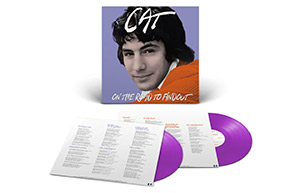Music For Misfits: The Story Of Indie Rock
Indie music is one of pop’s most nebulous genres. Initially a home for misfits, indie rock has gone mainstream – and shows no signs of stopping.

Rather like goth, indie music is one of pop’s most nebulous genres. The myriad bands operating within its parameters are generally labeled “indie rock” or “indie pop,” but in reality, its boundaries are much broader. What should be stressed above all else is that the notion of indie music derives from the word “independent”: in this context, small and relatively low-budget record labels inspired by punk’s DIY ethos and releasing music for misfits made by the maverick outsiders who reject the corporate world of rock’n’roll.
Listen to the best indie music on Spotify.
The rise of indie music
The story of indie music as we know it begins with Buzzcocks’ Spiral Scratch EP. First released in April 1977, this influential four-track 7” from the iconic Manchester pop-punk quartet is widely recognized as rock’s first independently-funded and distributed disc. The fact that it sold out its original pressing of 1,000 copies and then went on to move a further 15,000 copies effectively created the blueprint for independent labels in one fell swoop. In fact, such was Spiral Scratch’s impact that, by the end of 1978, the UK alone boasted of hundreds of self-starting imprints with game-changing labels such as Rough Trade, Factory, and Mute already well into their infancy.
Yet, while these landmark imprints attracted reams of critical praise, commercial success initially proved elusive. Issued by Rough Trade, Stiff Little Fingers’ incendiary 1979 debut, Inflammable Material, became the first independently-released album to sell over 100,000 copies, while a few choice indie singles, such as Joy Division’s sublime “Love Will Tear Us Apart” and Depeche Mode’s “Just Can’t Get Enough,” chalked up bona fide UK Top 30 placings on the cusp of the 80s. However, many small imprints were still the preserve of the have-a-go entrepreneur whose goals were merely to release a lone single and perhaps secure a session on BBC Radio 1’s John Peel show.
Indie music’s stock, however, rose dramatically in 1983, when Rough Trade signed The Smiths – arguably the UK’s most important guitar-based band of the decade. In the US, meanwhile, Murmur, the debut album by a little-known Athens, Georgia, quartet, R.E.M. (released through Miles Copeland and Jay Boberg’s indie imprint, IRS), scooped Rolling Stone’s Album Of The Year award, beating off the challenge of Michael Jackson’s multi-million-selling Thriller in the process.
By the mid-80s, the DIY ethic resonated globally, with respected US-based independents such as SST, Touch & Go, and Twin/Tone gaining a foothold, and notable imprints from far-flung territories such as Australia’s Hot Records and New Zealand’s Flying Nun entering the marketplace.
Also at this juncture, the rock press had taken to referring to the albums released by self-financed labels as “indie music” – something that was reinforced by the influential 1986 compilation C86. Originally a cover-mounted cassette released by the UK rock weekly NME, this collection included tracks by future indie music crossover stars including Primal Scream and The Wedding Present, and showed that a new breed of bands tuned into post-punk and guitar-driven 60s pop were very much back in vogue.
Indie goes mainstream
Signs that indie music was about to go overground became apparent during the late 80s. US tours by rising British bands with indie backgrounds, such as New Order and Echo And The Bunnymen, were playing to ever larger arenas, while albums from groundbreaking US indie rock acts, including Sonic Youth’s Daydream Nation, Pixies’ Doolittle and Dinosaur Jr’s Bug remain among the era’s defining records. Indeed, as the decade closed out, indie music had morphed into a genuinely major player, with Manchester’s indie-dance icons The Stone Roses and Happy Mondays surfing the zeitgeist; The Cure playing a massive international stadium tour behind their multi-platinum masterpiece Disintegration; and Depeche Mode’s Music For The Masses tour concluding with a show at the 90,000-capacity Pasadena Rose Bowl in California.
The 90s, though, are generally regarded as the golden age for indie music, both creatively and commercially. During the early years of this especially seismic decade, grunge music spearheads Nirvana, Pearl Jam, The Smashing Pumpkins, and Soundgarden broke into the mainstream, achieving multi-million sales and a global profile beyond the wildest dreams of the independents that emerged during the post-punk era. Inadvertently spawning another catch-all indie-related term, “alternative rock,” in the process, the success of the grunge pioneers also enabled a welter of fledgling US stars-in-waiting, ranging from punk revivalists Green Day and The Offspring to experimental lo-fi stars Beck and Liz Phair to establish themselves in the long term
In the UK, indie music played an equally central role to the 90s pop scene. Britpop superstars Oasis, Pulp, Blur, The Verve, Supergrass, and Elastica all hailed from indie backgrounds, while the much-feted Creation label (home to Oasis, Primal Scream, Super Furry Animals, and many more) was hailed as one of the cornerstones of what the UK media referred to as “Cool Britannia,” the resulting exposure leading to label boss Alan McGee and Oasis’ Noel Gallagher famously taking tea with British Prime Minister Tony Blair at No.10 Downing Street.
Indie music continued to cast a long shadow in the early years of the new millennium. Respected imprints such as Heavenly, Creation, and a revitalized Rough Trade promoted many of the era’s movers and shakers, including precocious Aussie outfit The Vines, stylish Swedish garage-rockers The Hives, and two drop-dead-cool New York outfits, The Strokes and Yeah Yeah Yeahs. Surely the biggest indie draw of the 00s, though, were Sheffield’s Arctic Monkeys, whose profile initially rose through their interaction with fans via MySpace before their much-acclaimed 2006 debut, Whatever People Say I Am, That’s What I’m Not, yielded multi-platinum sales and international recognition.
Indie isn’t dead
Changing trends and the way we now consume music via digital platforms have, however, caused some cultural commentators to write indie music off in more recent years, with a 2012 article in UK broadsheet The Guardian even referring to “the slow and painful death” of indie rock.
Yet a wealth of contradictory evidence abounds. In fact, in 2018, genre godfathers The Cure, New Order and Depeche Mode continue to fill stadiums; indie imprints both old (Cherry Red, Fire, Rough Trade) and new (Dead Oceans, Spinefarm) remain innovative and active, while acclaimed albums from newer indie/alt.rock visionaries Arcade Fire, Tame Impala, St Vincent, Vampire Weekend, Glass Animals, Fat White Family, and Shame all conspire to suggest that rumors of this resilient genre’s demise are recklessly premature.

